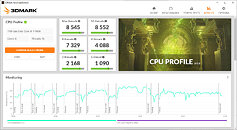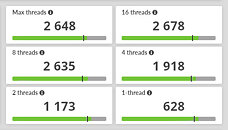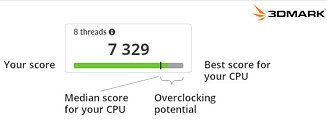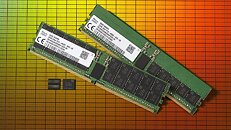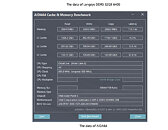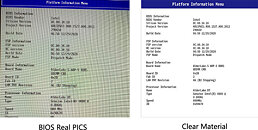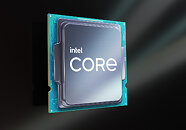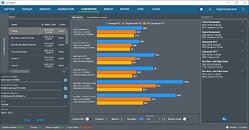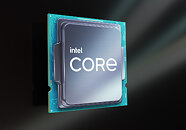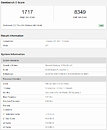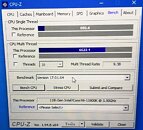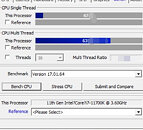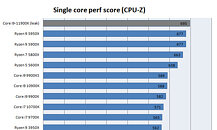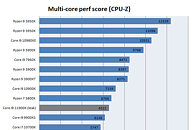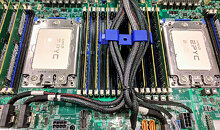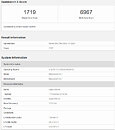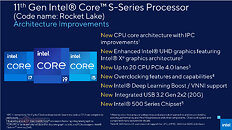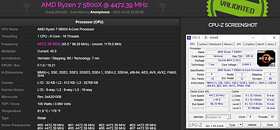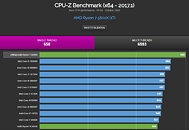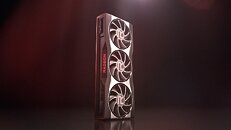TOP500 Update Shows No Exascale Yet, Japanese Fugaku Supercomputer Still at the Top
The 58th annual edition of the TOP500 saw little change in the Top10. The Microsoft Azure system called Voyager-EUS2 was the only machine to shake up the top spots, claiming No. 10. Based on an AMD EPYC processor with 48 cores and 2.45GHz working together with an NVIDIA A100 GPU and 80 GB of memory, Voyager-EUS2 also utilizes a Mellanox HDR Infiniband for data transfer.
While there were no other changes to the positions of the systems in the Top10, Perlmutter at NERSC improved its performance to 70.9 Pflop/s. Housed at the Lawrence Berkeley National Laboratory, Perlmutter's increased performance couldn't move it from its previously held No. 5 spot.
While there were no other changes to the positions of the systems in the Top10, Perlmutter at NERSC improved its performance to 70.9 Pflop/s. Housed at the Lawrence Berkeley National Laboratory, Perlmutter's increased performance couldn't move it from its previously held No. 5 spot.









